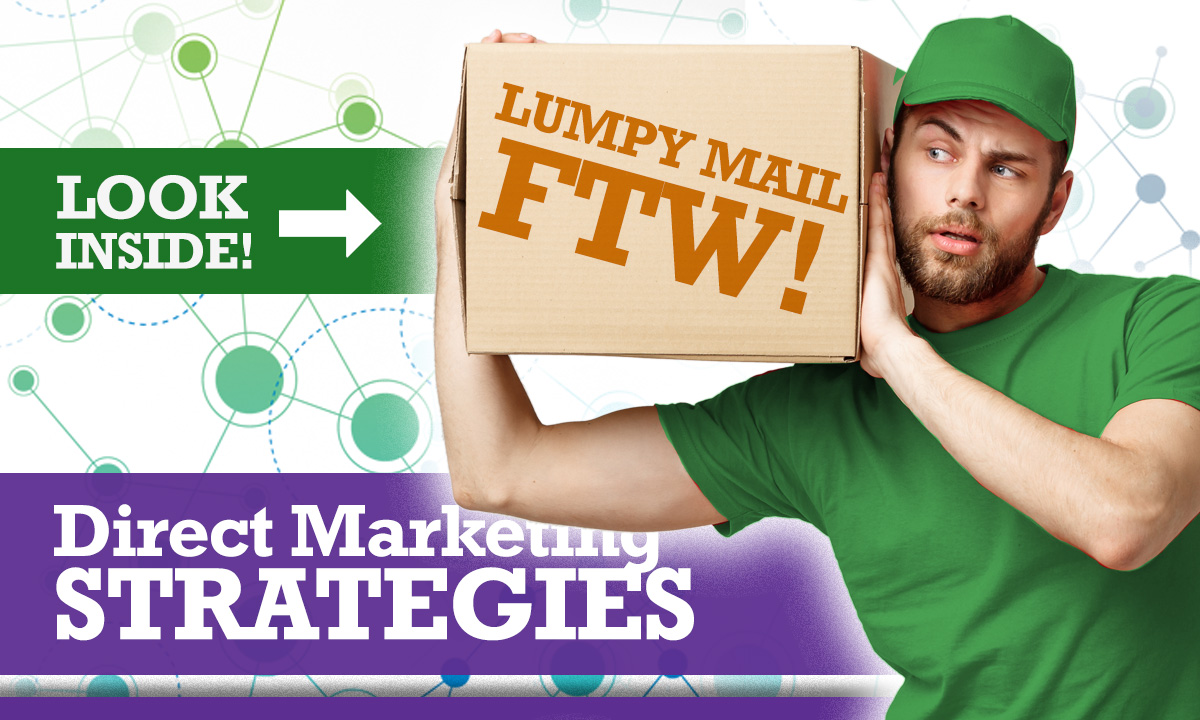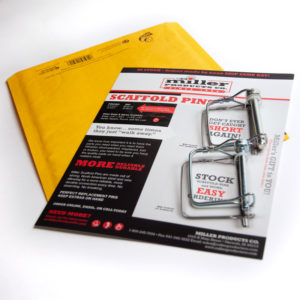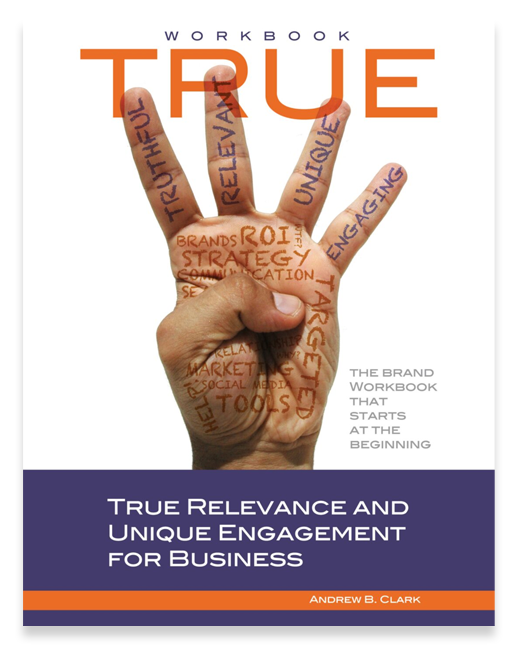Direct mail marketing programs are not dead. They should be an integral part of your Direct Marketing Strategy. Contrary to every social media super star’s testimony to the contrary, when you use “Snail Mail” to send something of value to a customer or a prospect, it’s going to get noticed. I don’t care who you are or what your thoughts are when it comes to checking the mailbox, if there’s something in there with weight, or girth – better yet, if it makes noise – you’re going to open it. And for a marketer, that’s 90% of the battle.

We recently consulted with a local manufacturing company about their direct marketing strategy.
For the better part of two years they’d been diligently working on inbound marketing campaigns meant to drive customers and prospects to landing pages within their web site. Blogging / content marketing, email, pay-per-click, social media; if it had a digital call-to-action, a “Click Here for More” link, they tried it. But their ROI, no matter the platform, no matter the offer, hovered at or below the dreaded 1-3% mark. For every thousand emails delivered, they’d get one or two orders, maybe a handful. Even segmenting their lists only saw conversion rates tick up 1/2 of a percent. It just wasn’t working. If they wanted to hit their goals of a 10% increase in annual sales, they needed more than a handful of new orders every quarter.
So, when we were called, we sat them down and decided to look through their target audience a bit differently. While technology and precision are at the core of their business, those who buy their products are builders and makers. They’re the “hands-on” folks. At trade shows, tables upon tables of production samples are picked up, looked over, moved around in their hands. They’re tactile, even “touchy-feely,” you could say. These buyers had to see and feel the products before making a buying decision!
Our new / old strategy to the rescue: “Lumpy Mail!”
I used to scoff at a past mentor who would announce “Lumpy Mail” like a battle call, every time we had a direct marketing challenge. To me, the “Digital Director,” mail of any kind that was traditional or tactile was passé – purely cheap trinket crap. But damn it all, if it didn’t work. He would come up with some of the coolest “Lumpy Mail” campaigns too (Seriously! He once sent baseball bats to bankers), and they converted!
So I took the “Lumpy Mail” concept to our client with a simple plan:
- Provide something of value to the customer / prospect (in other words, no stress balls or koozies / cheap trinket crap).
- Target the message to a specific audience. (Customers who haven’t ordered in 12 or more months and/or new prospects).
- Create a painfully simple call-to-action that the recipients could “buy into” (Did you run out? Want to source locally? etc.).
- Be transparent with material, stock, pricing, availability, and service.
Theoretically the next step was to mail the packages and wait for the phone to ring.
It was simple. It was direct. It was lumpy.
In just over 2 weeks with 100 mailers sent out the first week and 200 sent the second, the phone did ring, and requests for orders equivalent to 20% of the next quarter’s projected sales came in over six days. They sent 300 mailers, 600 “samples,” spent 10 hours on design and creative with a photo shoot, included some hand assembly and manual addressing, and the sales manager looked like a rock star (and ultimately, that’s our job).
Lesson learned: Lumpy Mail Wins.
Sometimes we need to step back and take a more discerning look at our target audience. While technology and precision were the base of their lexicon, deep down these customers were “parts people.” With “Lumpy mail,” they were able to connect their need to the solution with almost instant buy-in, because, it was right there in the palm of their hands. And they knew they needed 10,000 more before the end of the year.
Sometimes we get bogged down in the “What CAN we do” thinking instead of developing strategies for “What SHOULD we do.” This was a great example of executing a tactic that seemed out of place at the time but, with some strategic thinking, connected with resounding success.
So, how do you connect with your target audience in a unique way? What direct marketing strategy or strategies do you think connect best? Are your customers tech-driven or are they more “hands-on?”
Food for thought.
Until next time,
KEEP COOKING!
Andrew B. Clark
The Brand Chef



